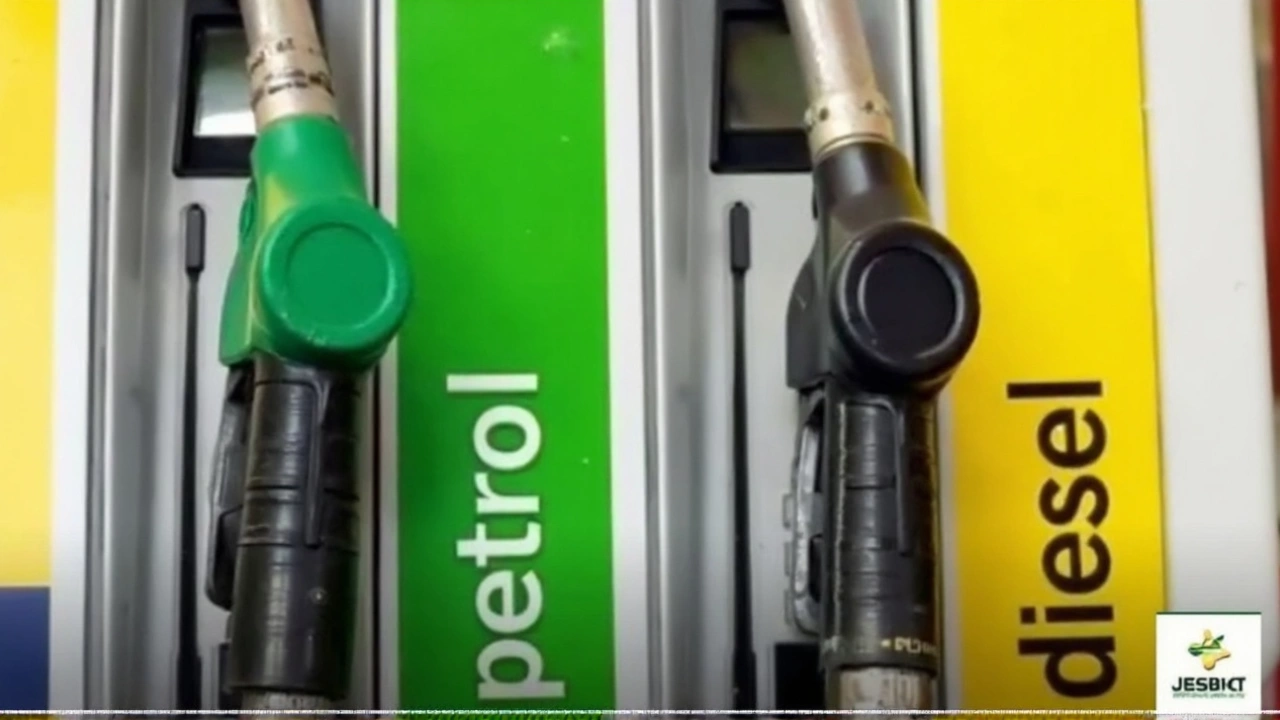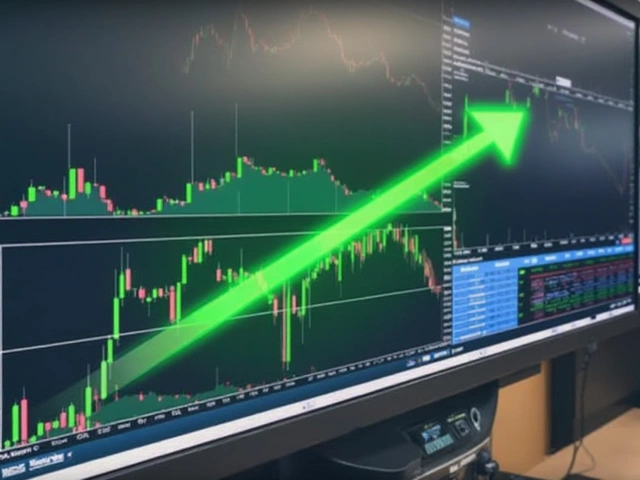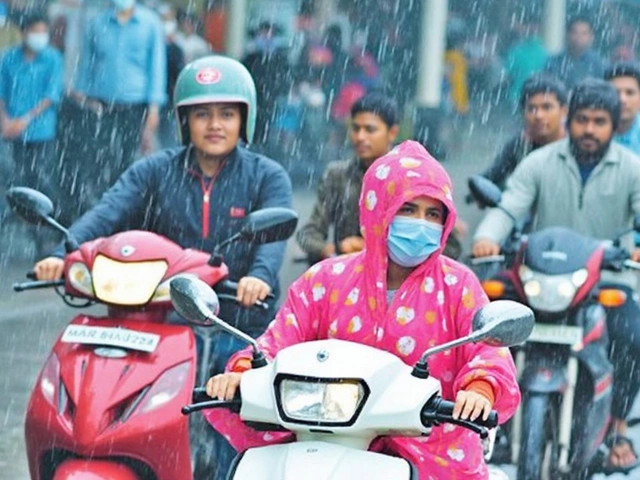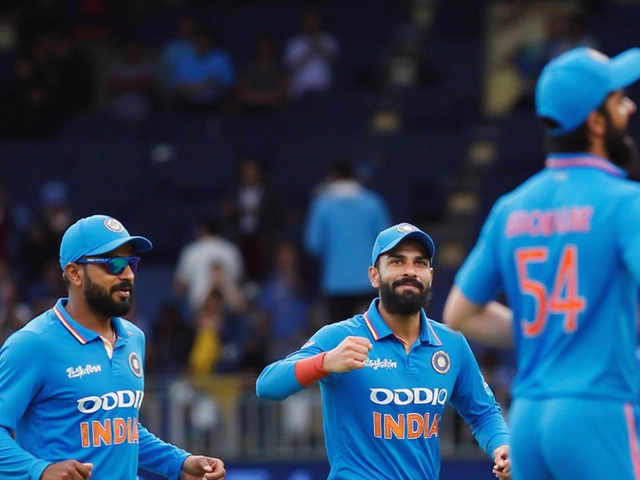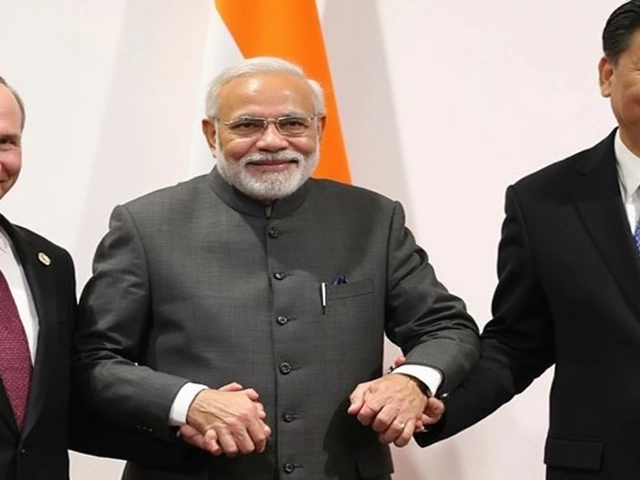Petrol Prices, Trends and Saving Tips You Need Right Now
Petrol is the fuel that keeps your car moving, your scooter humming, and the whole country buzzing. But every time you glance at the pump, you wonder why the price keeps changing. The good news is you don’t have to be a finance guru to understand what’s happening. In this guide we break down the main factors that push petrol prices up or down, share the latest numbers, and give you easy ways to stretch every rupee you spend at the pump.
What Moves Petrol Prices?
First, let’s look at the big drivers. Crude oil is the raw material for petrol, and its global price is set on the commodities market. When oil producers cut output, prices jump; when they increase supply, prices fall. The second factor is taxes – central and state levies can add a big chunk to the final price you pay. Finally, logistics matter: shipping costs, refinery margins and local demand all play a part. Seasonal spikes, like summer holidays or harvest time, can also cause short‑term hikes.
Current Petrol Price Snapshot
As of the latest market close, the average retail price of gasoline across major Indian cities sits around ₹106 per litre. Some metros report a little higher, while smaller towns stay closer to ₹102. These numbers reflect a modest dip from the peak seen last month when prices briefly crossed ₹112. The dip mainly comes from a slight easing in crude oil prices and a temporary pause in some state taxes.
Keeping an eye on the daily price bulletin from the Ministry of Petroleum and Natural Gas is a quick way to know what’s happening in your area. Most news apps also push alerts when the price changes by more than two rupees, so you can plan your fill‑up accordingly.
Practical Tips to Save on Petrol
Even if you can’t control the market, you can control how much you spend. Here are five simple habits that shave off fuel costs:
- Drive smoother. Rapid acceleration and hard braking waste fuel. Try to keep your speed steady and use the momentum of the car.
- Maintain proper tyre pressure. Under‑inflated tyres increase rolling resistance, burning extra petrol. Check them once a month.
- Turn off the engine. If you’re stuck in traffic for more than a minute, switch off the engine. Idling burns fuel without moving you forward.
- Lighten the load. Extra weight means the engine works harder. Remove roof racks, unnecessary cargo, and keep the car as light as possible.
- Plan routes. Use navigation apps to avoid traffic jams and find the shortest path. Fewer stop‑and‑go moments equal less fuel used.
Following these habits can cut your fuel consumption by up to 10 %, which adds up quickly over months.
Looking Ahead: What Might Happen Next?
Analysts expect the global oil market to stay relatively stable for the next quarter, but a surprise geopolitical event could still swing prices. In India, some states are reviewing their fuel tax structure, which could lead to localized price variations. Keep an eye on policy announcements around the upcoming budget session – they often contain clues about future tax changes.
Meanwhile, electric vehicles are gaining traction, but petrol will remain the dominant fuel for most commuters for years to come. That makes staying informed about price trends and saving tips even more valuable.
So the next time you pull up to the pump, you’ll know exactly why the numbers look the way they do, and you’ll have a handful of easy tricks to keep your wallet happy. Happy driving!
Excise Duty on Petrol and Diesel Hiked by ₹2/Litre: Retail Prices Stay Steady in India
India has raised the excise duty on petrol and diesel by ₹2 per litre as of April 8, 2025, increasing the excise rate to ₹21.90/litre for petrol and ₹17.80/litre for diesel. Despite the increase, retail prices remain stable as the government opts to keep additional revenue rather than pass on benefits to consumers amid global economic instability.
